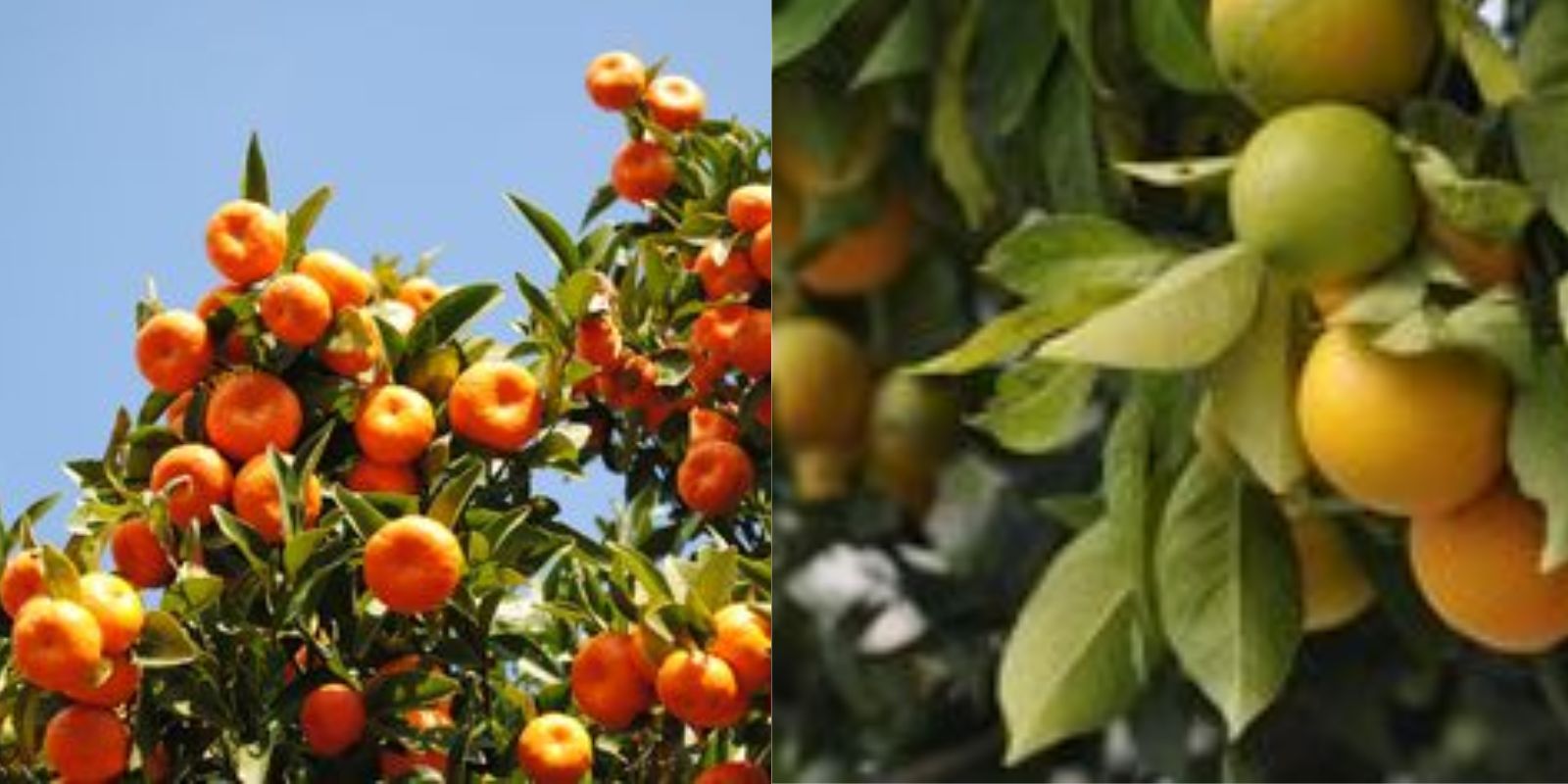Growing fruit trees can be an incredibly rewarding experience, providing delicious, home-grown produce and a beautiful addition to your garden. However, beginners often encounter challenges that can hinder their success. Understanding common mistakes and how to avoid them can make all the difference in the health and productivity of your fruit trees. In this article, we’ll explore five key errors that new gardeners should steer clear of when cultivating fruit trees.
1. Choosing the Wrong Location
The location where you plant your fruit tree is crucial to its growth and productivity. Many beginners make the mistake of selecting a spot without considering the tree’s needs for sunlight, soil type, and space.
Sunlight
Fruit trees generally require full sun to thrive, which means they need at least six to eight hours of direct sunlight per day. Placing your tree in a shady spot can result in poor growth, fewer fruits, and increased susceptibility to diseases.
Solution: Before planting, observe your garden throughout the day to identify areas that receive the most sunlight. Choose a location that offers ample sunlight, preferably on the south or west side of your property.
Soil Type and Drainage
Another common mistake is not considering the soil type and drainage capabilities of the planting site. Fruit trees need well-drained soil to prevent root rot and other water-related issues.
Solution: Conduct a soil test to determine its composition and pH level. Most fruit trees prefer slightly acidic to neutral soil (pH 6.0-7.0). Amend the soil with organic matter like compost to improve drainage and fertility. Avoid planting in low-lying areas where water tends to collect.
Space
Crowding your fruit trees can lead to competition for nutrients, light, and water, resulting in poor growth and fruit production.
Solution: Research the specific spacing requirements for the type of fruit tree you are planting. Ensure there is adequate space between trees to allow for proper air circulation and growth.
2. Improper Planting Depth
Planting depth is another critical factor that many beginners get wrong. Planting a tree too deep or too shallow can cause various problems, including poor root development and stability issues.
Solution: When planting your fruit tree, dig a hole that is twice as wide as the root ball but only as deep as the root ball itself. The tree should be planted at the same depth it was in the nursery container, with the root flare (where the trunk meets the roots) at or slightly above ground level. This ensures that the roots have enough space to spread out and grow properly.
3. Over or Under Watering
Watering is essential for the survival and growth of fruit trees, but beginners often struggle to find the right balance between over and under watering.
Over Watering
Excessive watering can lead to root rot, fungal diseases, and nutrient leaching. Signs of overwatering include yellowing leaves, wilting, and poor growth.
Under Watering
On the other hand, insufficient watering can cause stress to the tree, leading to leaf drop, poor fruit development, and even tree death.
Solution: Establish a regular watering schedule that adjusts with the seasons and weather conditions. Newly planted trees need more frequent watering to establish their roots, typically every 7-10 days. Once established, water deeply but less frequently, allowing the soil to dry out slightly between waterings. Mulching around the base of the tree can help retain moisture and reduce the frequency of watering.
4. Ignoring Pruning Needs
Pruning is essential for maintaining the health and productivity of fruit trees, but many beginners either avoid it altogether or prune incorrectly.
Benefits of Pruning
- Improves Air Circulation: Reduces the risk of fungal diseases by allowing air to flow freely through the branches.
- Shapes the Tree: Helps develop a strong structure that can support the weight of fruit.
- Encourages Fruit Production: Removes dead or diseased wood and promotes new growth.
Solution: Learn the basics of pruning for the specific type of fruit tree you are growing. The best time to prune most fruit trees is during the dormant season (late winter to early spring). Use clean, sharp tools to make precise cuts, removing any dead, diseased, or crossing branches. Aim to create an open canopy that allows light and air to penetrate.
5. Neglecting Pest and Disease Control
Fruit trees are susceptible to various pests and diseases that can significantly impact their health and fruit yield. Beginners often overlook the importance of monitoring and managing these issues.
Solution: Implement an integrated pest management (IPM) approach that includes regular inspection, cultural practices, and, if necessary, the use of organic or chemical treatments.
Regular Inspection
Check your trees regularly for signs of pests and diseases, such as damaged leaves, discolored fruit, or unusual growths. Early detection allows for more effective treatment.
Cultural Practices
- Sanitation: Remove fallen leaves, fruit, and pruned branches from the ground to prevent the spread of diseases.
- Proper Watering and Fertilizing: Maintain healthy trees that are less vulnerable to pests and diseases.
- Diverse Planting: Incorporate a variety of plants in your garden to attract beneficial insects that prey on pests.
Organic and Chemical Treatments
If necessary, use organic treatments like neem oil, insecticidal soap, or horticultural oils. For severe infestations, you may need to resort to chemical treatments, but always follow the instructions carefully and consider the impact on beneficial insects and the environment.
Conclusion
Growing fruit trees can be a delightful and fulfilling hobby, but it requires knowledge and attention to detail. By avoiding these common mistakes—choosing the wrong location, improper planting depth, over or under watering, ignoring pruning needs, and neglecting pest control—you can set your fruit trees up for success. With proper care, your trees will reward you with bountiful harvests and enhance the beauty of your garden.
Motivation:
Avoid these common gardening mistakes to ensure your fruit trees thrive and produce abundant fruit! Share your gardening successes and challenges with our community and inspire others to cultivate their own fruitful gardens. Happy gardening!

